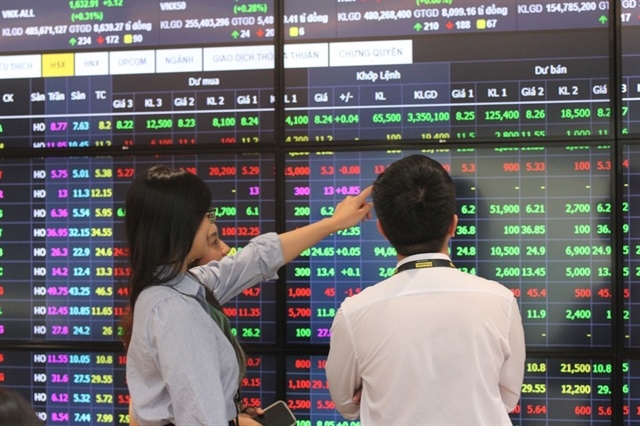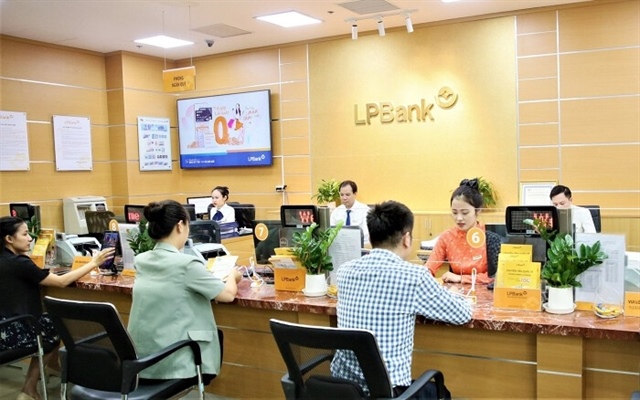Foreign bourses remain a too far finish point for Vietnamese businesses
Foreign bourses remain a too far finish point for Vietnamese businesses
Vietnamese businessmen once believed that with their prestige better known in the world market, they would be able to easily call for capital from the international market. However, the securities sourced from Vietnam remain unfamiliar to foreign bourses.

The dreams are not taxed
To date, some 20 Vietnamese companies (not including unlisted ones) have mentioned their plans to list shares on foreign bourses. Gemadept, a freight and forwarding company, for example, thought of listing on the Hong Kong’s stock exchange in 2003.
Later, many other businesses, namely Kinh Do (sweets manufacturer), SSI (securities company), FPT (information technology group) and PVFC (a finance company), announced impressive plans to list shares on foreign bourses.
However, none of the plan has come true yet.
Most recently, Phat Dat Real Estate Group has announced it wants to issue GDR (global depository receipts) to be listed in London, Luxembourg or Singapore. Meanwhile, Mirea said it planned to issue GDR to be listed on KOSDAQ in South Korea.
However, there has been no further information about the implementation of the plans yet.
Some analysts have commented that it is now not the right time for Vietnamese companies to “go abroad”, especially when the current legal framework does not create favorable conditions for the listing of Vietnamese shares on foreign bourses.
NASDAQ dream disillusioned
Listing shares on NASDAQ, the dream of many businesses, not only could not bring the corona to Cavico Corporation, but also made the company’s share prices in the domestic stock market tumble more quickly.
Businessmen whisper in each others’ ears that in order to list on the US bourse, a business would have to spend at least one or two million dollars. However, this is not a big worry at all, because venture funds would be ready to guarantee and sponsor the listing.
Chinese Alibaba or Sohu, the small companies in the past, were still brave enough to list shares on the bourse and have become the companies with the capitalization value of 6-7 billion dollars.
Cavico Corporation was also brave when it listed its shares on NASDAQ. Once being a normal investment and construction company, Cavico suddenly became famous one day, when local newspapers reported that the company listed its shares on the reputable stock market NASDAQ.
Cavico took a roundabout to approach to NASDAQ. At first, it merged into a US media company, which allowed it to overcome a lot of technical barriers. In 2006, Cavico shares appeared on OTC Pink Sheets. Two years later, the shares were listed on a higher class market OTC Bulletin Board. In September 2009, Cavico reached its goal with shares listed on NASDAQ.
Cavico’s share prices plunged dramatically right after the shares entered the bourse. In late June 2011, NASDAQ gave the warning that Cavico’s share was traded at below one dollars in the last 30 consecutive trading sessions, and that Cavico would have to leave if the situation could not be improved..
However, this was not the reason which forced Cavico delist from NASDAQ. It had to do that because of another violation: it did not make public the 2010 finance report on schedule. Cavico’s shares were traded at 47 cent at its last trading session on NASDAQ.
In May 2012, MCV, the shares of a mining and construction company relating to CAVICO, was also forced to delist by the HCM City Stock Exchange because of the similar reason: the company did not submit the finance report for the fourth quarter of 2011.
Experts say listing shares on NASDAQ proves to be beyond Vietnamese companies’ means. To date, the number of enterprises listing on the bourse has exceeded 10,000. Therefore, the listing of Vietnamese shares on the stock market is not highly appreciated.
NASDAQ applies open regulations, but the severe economic principle of share classification there would kill weak and small businesses.
vietnamnet

























